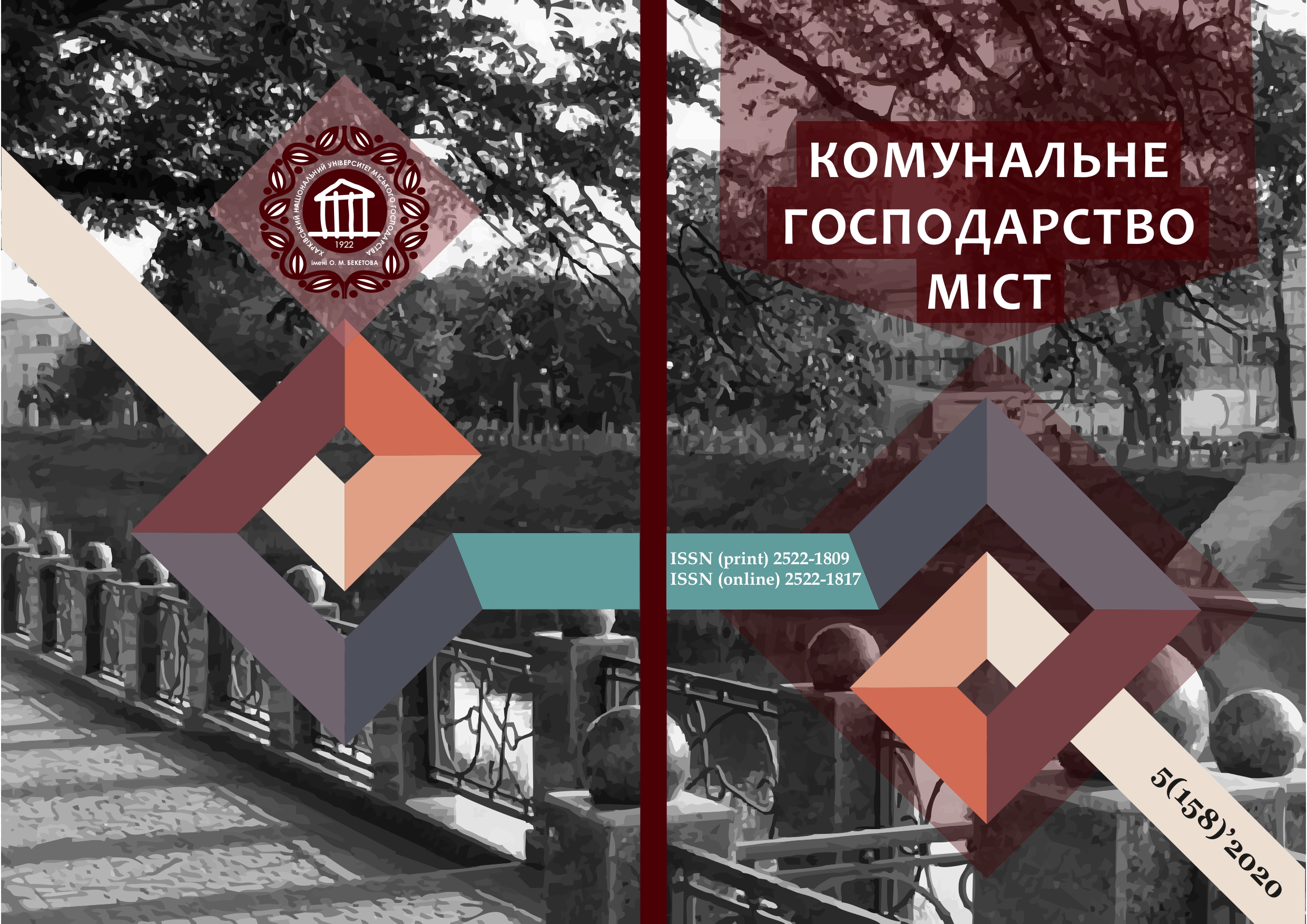DETERMINING THE IMPACT OF TOURISM DEVELOPMENT ON THE CITY ECONOMY
Array
Keywords:
tourist potential of the city, direct and indirect effects, multiplier.Abstract
Problems of efficiency of tourism development for the urban economy should be considered on the basis of a systematic approach, which involves the establishment of different criteria and indicators for different levels of government, as well as a hierarchy of goals and corresponding efficiency criteria.
Based on the analysis, the article summarizes the concept of "tourist potential of the city". It is determined that the main components of tourist potential are resource, economic and social potential. The main methods of determining the tourist potential are identified, including expert, comparative, cartographic, technological, aesthetic methods of analysis.
The directions of tourism impact on the economy of the territory are considered. Direct and indirect effects, as well as induced effects of tourism development are considered separately. The interrelation and interaction of different spheres of the city economy and tourism are shown. In the analysis it is necessary to consider significant sectors of the urban economy: hotel, construction, catering, retail, tour operators, industry, wholesale, housing and communal services, communications, transport, insurance and banking, medicine, education and others.
To calculate the gross tourist product, calculate the sum of all costs incurred for the production of tourist goods and services for a certain period. These are the costs of tourist consumption, private and public tourism investments. In addition, calculate the amount of all income from the sale of tourist goods and services for a certain period. This income from the sale of tourist goods and services, income from renting rooms, apartments, etc.
The use of a multiplier to determine the impact of tourism development on the city economy is proposed. The calculation of tourism multipliers involves determining the total income from the tourism industry and related infrastructure. Comprehensive assessment allows to identify the economic level of tourism development in the territory, the effect, and is also the basis for justification and management decisions.
The study showed that in the modern scientific literature there are several types of multipliers. These are multipliers of income, employment, investment, commercial operations, production and sales. The foreign experience of assessment of social and economic effects from the development of the tourist sphere is analyzed and the possibility of its use in the conditions of Ukraine is substantiated.
References
2. Frechtling D. (1999) The tourism satellite account: foundations, progress and issues, Tourism Management, 20, 163-170.
3. Jones C. and M. Munday (2007) Exploring the Environmental Consequences of Tourism: A Satellite Account Approach, Journal of Travel Research, 46, 164.
4. Archer, B. and J. Fletcher (1996), The Economic Impact of Tourism in the Seychelles, Annals of Tourism Research, 23, 32-47.
5. Karpova GA, Lavrova TA (2007) Features of tourism development and the study of tourism potential in St. Petersburg. Monograph.
6. Kuskov, A. S. (2005) Recreational geography. Moscow, MPSI, Flinta, 496.
7. Karpushkina, A.V. (2009) Assessment of the tourist potential of the region (on the example of the Chelyabinsk region). Economic Sciences, 6 (55), 204-220.
8. Nikolaenko, D.V. (2001) Recreational geography. Humanit. ed. center VLADOS, 288.
9. Morozov M.A. (2005) Tourist destinations and patterns of their development. Monograph. MIGMT, 156.
10. Lukin, E.V. (2017) Directions of using the input-output balance in the analysis and modeling of the development of socio-economic systems. Questions of territorial development, 1 (36). Retrieved from: http://vtr.vscc.ac.ru/article/2125
11. Lentieff, W. (1961) Multiregional input-output analysis in "International conference on input-output techniques". 119.
12. Chililov A.M.(2006) Problems of resource provision in the tourism sector. Economics, 255.
13. Danilenko N.N. (2013) Tourism and sustainable development of the region: social and institutional aspects. BSUEP Publishing House, 158.
14. Thomas C., Koontz L., Cornachione E. National Park Visitor Spending Effects. Economic Contributions to Local Communities, States, and the Nation. Natural Resource Retrieved from: https://www.nps.gov/nature/customcf/NPS_Data_Visualization/docs/NPS_2018_Visitor_Spending_Effects.pdf
Downloads
Published
How to Cite
Issue
Section
License
The authors who publish in this collection agree with the following terms:
• The authors reserve the right to authorship of their work and give the magazine the right to first publish this work under the terms of license CC BY-NC-ND 4.0 (with the Designation of Authorship - Non-Commercial - Without Derivatives 4.0 International), which allows others to freely distribute the published work with a mandatory reference to the authors of the original work and the first publication of the work in this magazine.
• Authors have the right to make independent extra-exclusive work agreements in the form in which they were published by this magazine (for example, posting work in an electronic repository of an institution or publishing as part of a monograph), provided that the link to the first publication of the work in this journal is maintained. .
• Journal policy allows and encourages the publication of manuscripts on the Internet (for example, in institutions' repositories or on personal websites), both before the publication of this manuscript and during its editorial work, as it contributes to the emergence of productive scientific discussion and positively affects the efficiency and dynamics of the citation of the published work (see The Effect of Open Access).

